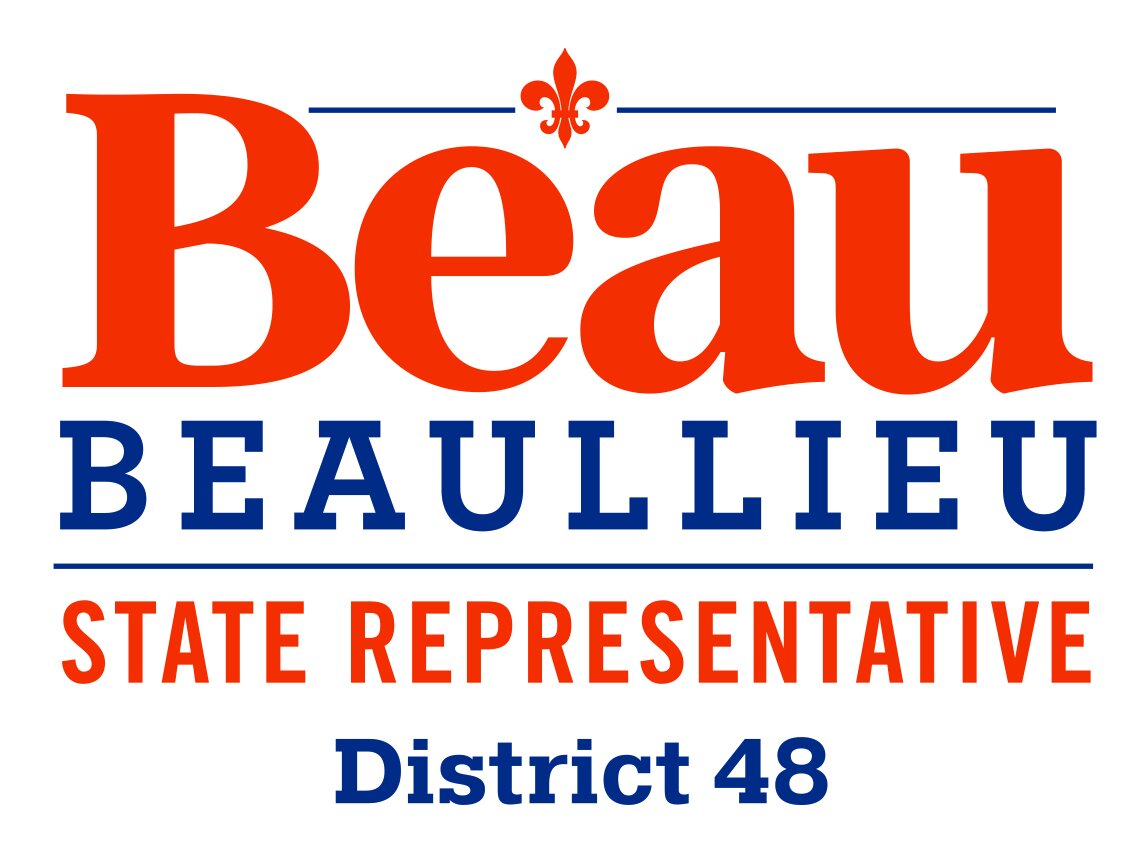Photo source: LA Times
Meghan Hynes has had to learn to work quickly in recent months.
She manages AAC Needle Exchange in Cambridge, Massachusetts, where she and her staff provide clean needles, packages of naloxone, a drug that reverses overdoses, and other needs for those addicted to hard drugs.
Sometimes, drug addicts receive their fresh needles and don’t even leave the office before locking themselves in the bathroom and shooting up. And as Hynes told NPR, some of them can’t make it to the door afterward.
“Recently we had a guy leave the bathroom, and all the color just drained from his face, like immediately, and he just turned blue, ”Hynes said[1]. “I’ve never seen anyone turn blue that fast. He was completely blue and he just fell down and was out—not breathing.”
When she bent down to try to pump his heart, she couldn’t. He had been hit with “wooden chest,” in which “your chest just seizes up,” Hynes said. “You literally have paralysis, and that’s obviously really dangerous, because if someone needs CPR, you can’t do it.”
The wooden chest spread, and soon the man also had lockjaw. His mouth would open but only a tiny bit, which meant Hynes could barely even help with rescue breathing.
Hynes did succeed, and the man did survive. But across the United States, junkies are dying because the drugs they’re buying on the street are not what they think they are.
Increasingly, they are laced—or even promiscuously mixed with—fentanyl, a painkiller 50-100 times more powerful than heroin. Police nationwide say people are buying what they think is heroin or oxycontin. But with fentanyl mixed in, the drugs are much more powerful than users anticipate, and many aren’t ready.
Hynes tells her clients to stick with dealers they know, and always use with a buddy because the overdoses come so quickly.
It is the fentanyl that caused the man in Hynes’ office to collapse instantly and for his chest to seize up and almost prevent his rescue.
And it is fentanyl that is changing the complexion of emergency room overdose treatment nationwide. Fentanyl deaths climbed more than 400 percent in Philadelphia from 2014 to 2015[2]. They climbed nearly 700 percent in the two years from 2014 to 2016. Four people died from fentanyl overdoses in Cincinnati in 2013. In 2014, the total was 124.
Bernie Sanders, the socialist senator from neighboring Vermont, which has had its own fentanyl problems, has proposed legislation that could cause the amount of this extremely dangerous drug to grow exponentially on America’s streets—all so he could fashion himself the enemy of drug manufacturers.
Sanders’ legislation would make it legal for Americans to order prescription drugs from pharmacists outside the country. It is sold as a cost-cutting measure—on the theory competition from foreign pharmacies would bring down prices.
But most who have studied the issue say it brings little in the way of real savings, and what little savings does occur must be weighed against broad new challenges to the security of the supply chain for prescription drugs in the United States.
As Leona Aglukkaq, former health minister of Canada, has pointed out[4], a recent study by the U.S. Food and Drug Administration found 85 percent of the drugs supposedly imported from Canada did not in fact come from there, but rather 27 other countries.
Moreover, fentanyl is made in Mexico and China, and neither Canada nor the United States has the resources to make sure drugs exported from those nations match their labels.
Derek Arnson, former police chief in Nogales, Ariz., on the Mexican border, said Sanders’ bill would encourage a boom in fentanyl production drug cartel-plagued Mexico and thus “vastly increase the flow of illegal narcotics and counterfeit drugs laced with fentanyl into the United States.”
Moreover, drug companies won’t take this lying down—they can limit sales of drugs to countries, such as Canada, that would be likely to export drugs to the United States, and can respond by limiting the sale of drugs in certain countries known for exporting to the United States, such as Canada, creating shortages in those countries.
“The rising prices for drugs are not sustainable in this country, and there’s a major concern for affordability,” Joshua Sharfstein, a former deputy commissioner at the FDA now at the Johns Hopkins Bloomberg for Public Health told theWashington Post[5]. “That’s why people are seriously considering these sorts of solutions.
“But I’d like to think we could have a more rational approach that doesn’t require what is, in effect, a massive workaround.”
An unintended consequence of Sen. Sanders’ idea is that some people will use this system to drive to Canada to fill “prescriptions” for fentanyl to mix with illegal drugs. When politicians pitch the cost savings for consumers of importing drugs from other countries, they tend to gloss over the serious consequences of a major policy change.
Brian McNicoll, former senior writer for The Heritage Foundation and director of communications for the House Committee on Oversight and Government Reform, is a conservative columnist based in Reston, Virginia.
Source: The American Conservative







